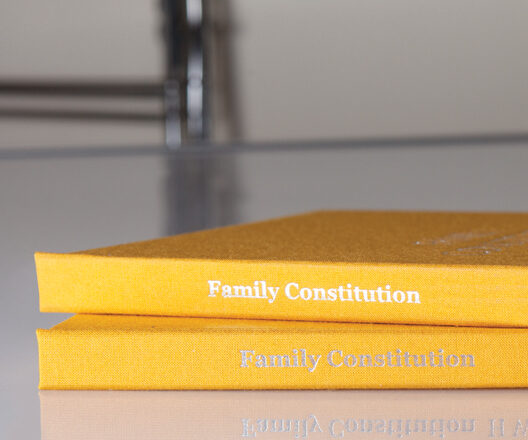
By Badri El Meouchi, Corporate Governance Consultant, Tamayyaz.
In Family Owned Enterprises (FOEs), the family usually plays a very important role in the governance and management of the company. This role is much simpler to carry out when the founder is still active but becomes more complicated as the family transitions to the second and third generations of ownership, as the number of shareholders increases and more family members seek employment in the family business.
At best, this evolution will lead to different ideas and opinions on how the business should be run and its strategy set. At worst, if this process of evolution in the family’s growth is not well governed or managed, this can lead to all-out war between brothers, sisters, cousins and other key family relations. It is for this purpose that a growing number of FOEs seek to establish a clear family governance structure that will bring discipline among family members, prevent potential conflicts, and ensure the continuity of the business. Developing such a governance structure will help build trust among family members (including between those inside and outside of the business), and unify the family thus increasing the viability of the business.
So, to function well, a family governance structure should include the following:
– Identifying and communicating the family values, mission, and long-term vision to all family members.
– Keeping family members informed about major business accomplishments, challenges, and strategic directions.
– Identifying and adhering to criteria for new businesses launched by family members.
– Identifying and communicating the rules and decisions that might affect family members’ employment, dividends, and other benefits they usually get from the business.
– Establishing formal communication channels that allow family Members to share their ideas, aspirations and issues.
– Enabling the family to come together and make any necessary decisions.
Within this context, these major components of a family governance structure are integrated into a family constitution that clearly states the family vision, values, and policies regulating family members’ relationship with the business. This will include Family institutions which can have different forms and purposes, such as the family assembly, family council, and other committees which the family members consider as appropriate. Another key component of the family constitution will consist of a shareholders’ agreement between all the current shareholders.
